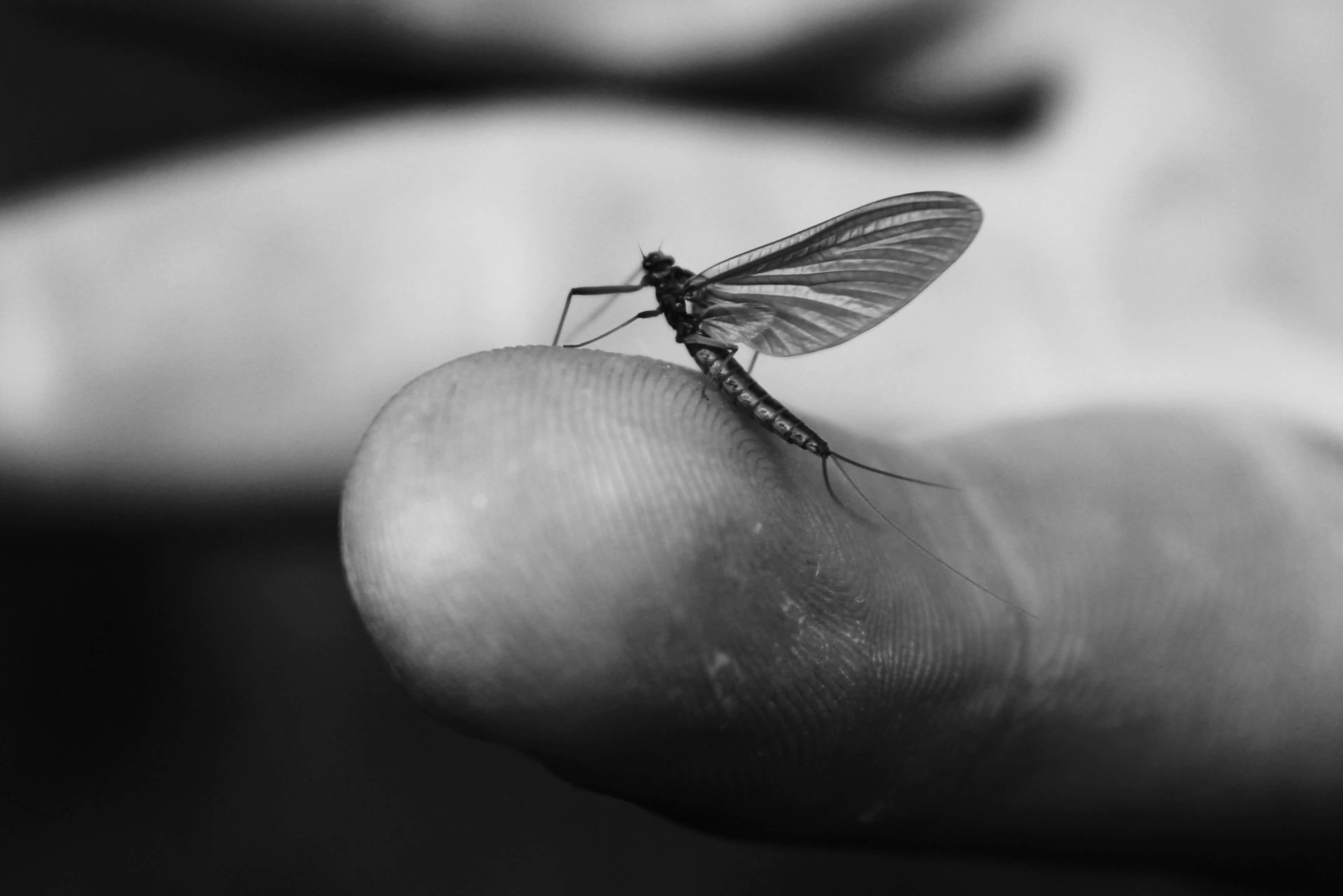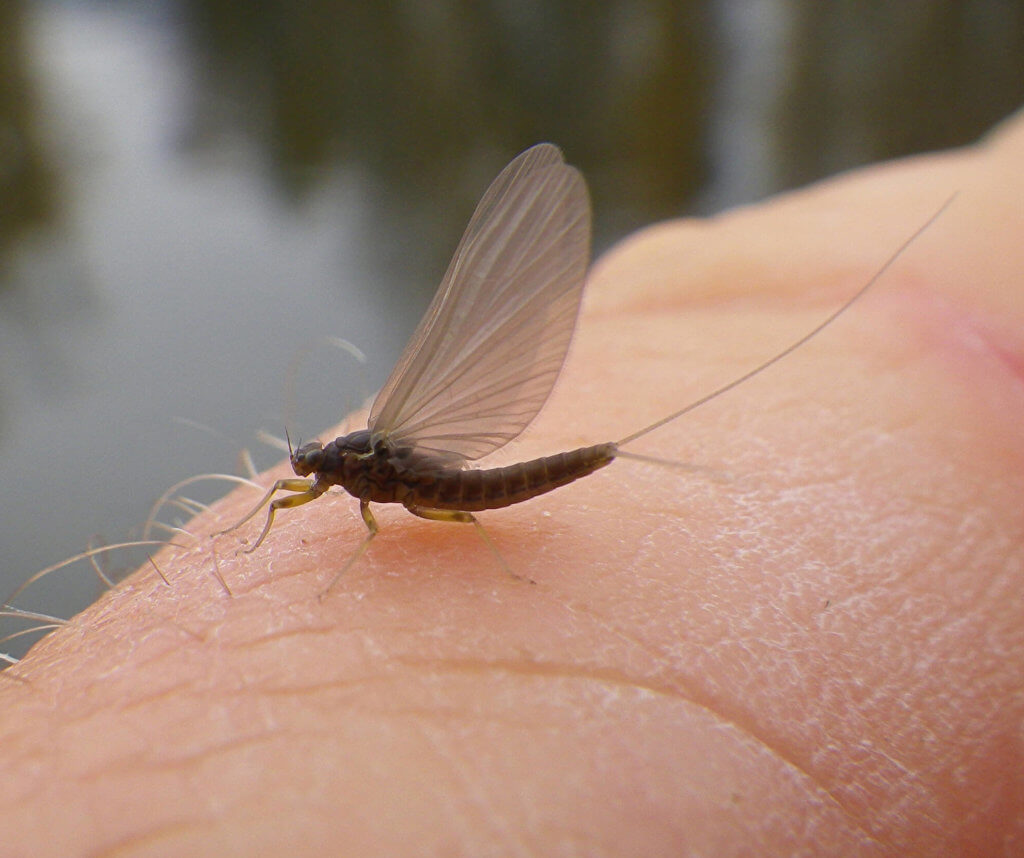For many anglers, the truest sign of Fall is the emergence of the Blue Wing Olives (BWO). Arriving after the first fall rains, the cold, cloudy days bring BWO’s out in big numbers. They continue hatching through October, and sometimes later. BWO’s hatch from late morning through mid- afternoon, bringing trout to the surface to gorge. With such a long hatch window, how do you time the emergence on the rivers? You look for the heat of the day. As the days get shorter and colder, the hatch begins to move from morning to afternoon.
The Clark Fork River and Bitterroot River have phenomenal BWO hatches, and these insects can be found along the length of those rivers. Rock Creek will get good BWO hatches, but you’ll need to find the slower, quieter water where fish are feeding. The BWO is not an important hatch on the Blackfoot River. As Missoula’s highest elevation and most northern river, the Blackfoot isn’t known for it’s fall hatches. It IS known for its fall streamer fishing!
The BWO’s in Western Montana vary in size from 16 to 22. Why such a large size range? Because the “BWO” hatch is not a single species, but a complex mixture of multiple species. While the species, mostly baetis, are taxonomically different, they’re all basically the same size and color. Which means the same fly will be the correct imitation for any species that is hatching.
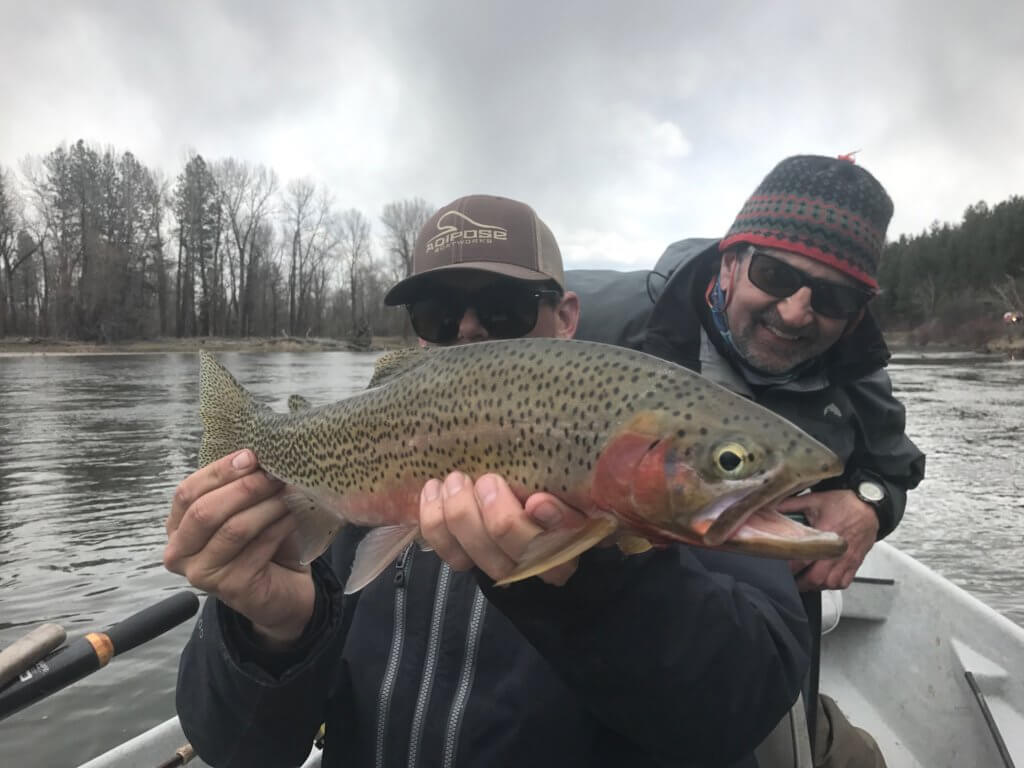
When many people think of late-season fishing, they think of a lovely day under the autumn sun, enjoying the crisp fall weather. For the BWO’s, change your thinking! Some of the best Blue Wing Olive fishing comes on the worst days of the season. 45 degrees, cold rain mixed with a little snow, maybe some wind, and the BWO’s will come off in droves. The fish respond to the cloud cover, and the fishing can be epic. If any hatch defines the value of cloud cover, it’s the Blue Wing Olives.
With so many different species in the rivers, it’s tough to find a place where some species of BWO nymph isn’t present. Most of the Baetis nymphs are very strong swimmers, capable of moving in 3-6 inch bursts. With this type of swimming strength, baetis nymphs are very active on the bottom, and very much a part of the trout’s diet. Frank Sawyer’s Pheasant tail nymph was designed to imitate the BWO’s found in his native British waters, and the pheasant tail works wonders in Missoula as well. Even better, Once in a while a moving pheasant tail can be effective. A slight jigging action on a slowly swung pheasant tail ban be a strong tactic in the fall.
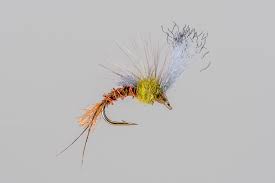
The BWO can be a blanket hatch, and with all blanket hatches, you have fish focusing on various stages of the insects emergence. The Missoulian Angle Fly Shop carries flies for all stages of the BWO emergence, including the Last Chance Cripple, Hi-Vis Spinner, Silhouette Dun and the TiltWing Dun. With the largest fly selection in town, we’ll have the hot BWO pattern. When buying flies, make sure you vary the size and shape of your purchase. Make sure to have cripples, spinners, emergers and duns to make sure you have the needed stage on the water. Nothing worse than watching fish rise without the right fly!
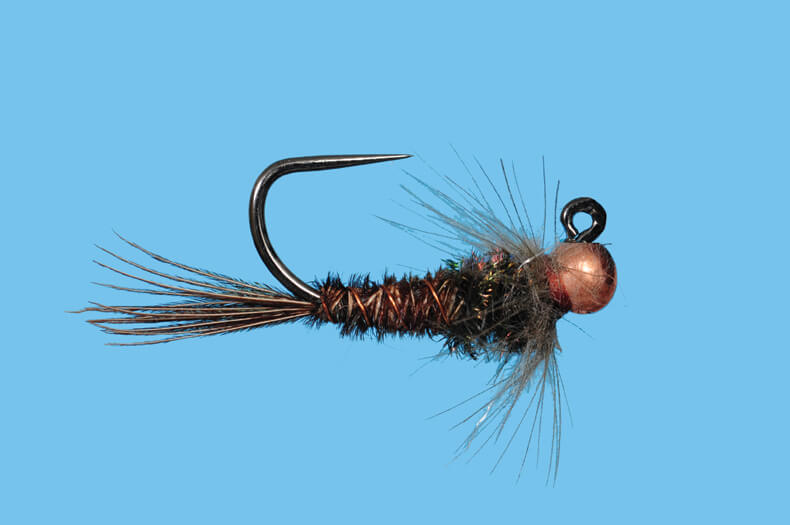
The BWO will also emerge in the Spring. Once again, the species are completely different, but the same flies will work. This also explains why a small Pheasant Tail nymph always works in our area. With two separate life cycles, there will always be a size 16-18 little brown mayfly nymph swimming in 3-6 inch bursts. While the BWO might define fall for many anglers, it’s just as effective in the spring. Still loves the cold, still loves the clouds. The only difference is now it’s Spring!

